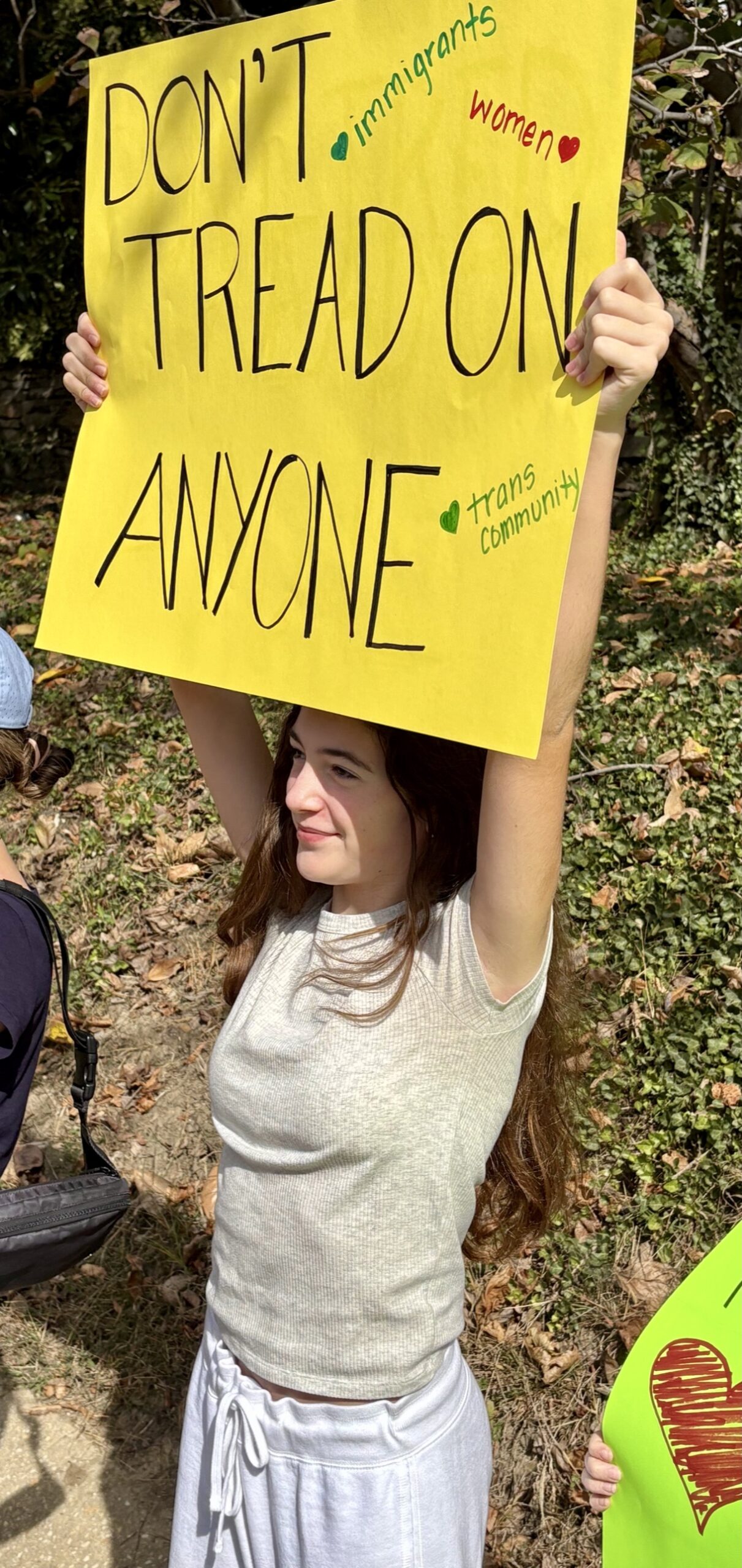Two classic strategies for creating competitive advantage are a superior employee centered service culture. The second is to embrace innovation.
Following are two updates in both areas.
Minimum Wage in Banking Now Hits $25 per Hour
Bank of America will increase its minimum wage to $25 an hour next month, the final step in a long-term goal the company set several years ago. The move bumps pay up from $24, a level put in place last October, the company said Tuesday.
It translates to a full-time annualized salary of more than $50,000 and applies to all full-time and part-time hourly positions in the US. The change continues a series of hikes lifting the firm’s base pay from $15 in 2017. Source: Marketplace and (link)
Digital Assets and Innovation
I am a novice in understanding the world of digital assets from Bitcoin to all the stable coin options now being evaluated and offered by financial firms.
Whether used as a store of value or investment, payments between parties or for operating outside the regulated financial services sector, I have not been able to identify a compelling value proposition.
The hype and people rushing to get into this new form for financial service have only accelerated since the Genius Act passed by Congress last month.
Here is a summary of some activity and loopholes by analyst Aaron Klien from Brookings in the article: Interest by any other name should be regulated as sweetly (September 10, 2025)
Cryptocurrency is an asset masquerading as a payment instrument. Congress did not see through this illusion and created a dangerous loophole in the newly passed stablecoin law, the Guiding and Establishing National Innovation for U.S. Stablecoins Act, or “GENIUS Act”.
The law is premised around a simple trade-off: Stablecoins are exempt from bank-like regulation and in exchange are prohibited offering interest on their coins. The law’s ink is not dry and crypto firms have already found a loophole, calling interest “rewards.” If we don’t close this loophole, it could cause massive problems resulting in losses by retail crypto holders, a bailout of big crypto, or a financial crisis.
Bitcoin started with dreams of being a global currency but has become an asset and, for many, a profitable investment (so far). One reason bitcoin works so poorly for payments is its swings in value. Enter stablecoins, usually pegged to the dollar, eliminating this problem. Yet, stablecoins are primarily used for buying and selling other crypto, not for ordinary transactions. While about one in seven Americans report owning crypto, only one in 50 Americans used any form of crypto, including stablecoins, to buy anything other than crypto in 2022.
So, if stablecoins aren’t used for payments, why do people own them? For many, it’s the same reason they keep money in banks: earning interest. The new law prohibits interest, but what if someone called interest a different name? Would it pay as well?
Coinbase, the largest American crypto exchange, proudly markets 4.1% “rewards” for holding USDC, the largest American issued stablecoin. Crypto.com offers variable rewards based on market conditions, while highlighting its latest partnership with Trump Media Group on their crypto. Its competitor Kraken offers even higher: 5.5% rewards. Notice Kraken marketing an annual percent yield (APY) notation to look like interest. That’s what this is.
Technically, the new law only prevents stablecoin issuers like Circle, which issues USDC, from offering interest. Coinbase, Crypto.com, and Kraken do not issue these coins, they just hold their customers’ coins. Imagine if E-trade or Merrill Lynch offered customers money for letting them “hold” their stocks, and you’ll see the parallel.
The economics of this loophole are problematic. Crypto exchanges generate profit to pay “rewards” to people who deposit crypto through a combination of payments from the stablecoin holders and potentially using depositors’ funds to make their own investments. The larger the rewards customers are being paid, the riskier the investments generating that money. Banks do this with your deposits, but with tight limitations, constant oversight, and federal deposit insurance that fully covers 99% of depositors. Crypto exchanges have none of these guardrails, as FTX demonstrated when it took customer assets to speculate and collapsed. . .
Credit Unions Invest in Crypto
Klein’s analysis continues for another ten paragraphs. What makes his concerns relevant for credit unions, is that there are numerous crypto related firms and credit unions now investing in stable coin services, The primary goal is giving members access to the purchase and holding of digital assets.
Yesterday CU DAILY reported “Stablecore, a platform that enables community and regional banks and credit unions to offer stablecoins, tokenized deposits and digital asset products, said it has raised $20 million in funding, including from a credit union-backed fund.” (link)
Stablecore’s purpose is to serve as a “digital asset core,” unifying the critical components of digital asset offerings into a single platform. The credit union CUSO making the investment was Curql.
Both these announcements may challenge credit unions who are uncertain about their core values and competitive advantage. So before you reach out to match competitors thrusts, remember success comes not from playing the game you find, but from defining the game you want to play.













